Words by Jumana
Stand at the epicenter of a Masjid amid the backdrop of a melodious Azan beckoning worshippers and you can almost hear the clank of metal on rock. Envision well trained hands running over fresh curves and edges. Coral stones of Maldives are a testament to the promise of beauty in a place of peace that’s stood as a witness to centuries.
Fast forward several centuries and a child of Maldives would stand in the very locations where the artists once stood and research and document these lived-in works of art. Kaleo was fortunate enough to chat with the premiere expert in the field, Mauroof (Mai) Jameel and get an insider’s perspective into the gloriously illustrated book, Coral Stone Mosques of Maldives : The Vanishing Legacy of the Indian Ocean.

Mai took us all the way back to 1979 when the Maldivian government created an Architect’s Division. “Myself and a few other artists went there as draftsmen. We were working under the first two architects in Maldives (Ahmed Saleem and Riffath Afeef)”.
It was also in the early 80s where he had a direct hand in erecting what will go on to become the trademark gold-domed symbol of Maldives with the construction of Islamic Center. He was exposed to mosque architecture early on. He noted, “I had it very early in my career. That was before I became an architect. There were five of us and we had to go to Male Hukuru Miskiy and take the pattern. That was when the interest started. Then I kept that interest throughout my career”. It was when he was tasked with collecting information by the Maldivian government for UNESCO World Heritage that he began the work that ultimately contributed to the book.
He initially began his journey through a government-initiated opportunity to study architecture at the American University of Beirut, which was cut short due to the civil war. After four years in the government, Mai left to pursue the field at Manchester and Sheffield in the United Kingdom. A former member of the Maldivian Cabinet, he has been a teacher and independent researcher and now published author on top of being an artist and architect.
When it came time to tackle Mosques and Coral Stones, a six-member team came and did the initial assessment and desktop survey under the training of Mai Jameel, later to be joined by him and Professor Fukami as well as Professor Yahaya Ahmad in doing the surveys of mosques.
“The book is a halfway between desktop and technical book. It celebrates the original glamor of these mosques. Many of these mosques today are with extension and you don’t see the original beauty of these mosques. Through architectural depiction, I have identified how it would have originally looked. It’s a way to show them off in their original glory. The true purpose of course is for people to appreciate it. So that it can be valued better in the future and to be able to protect it in the future”.
Talking about getting into the mindset of the ancestral artists that built these mosques, Mai noted Ihavandhoo mosque where a few carvings were left incomplete, “When something is left halfway like this, it gives us a glimpse of the manner in which the mosque building was being tackled about 300 or 400 years ago. There were many clues as to how they worked in the olden days and the kind of material they used”.
“Looking at when certain building materials were introduced, such as clay tiles… We know that clay tiles came to this part of the world in the 1800s through a factory in India so when somebody says ‘this was built in the 1600s’ and the original material was clay tiles, we know that that is not correct. In the 1600s there would not have been clay tiles, it would have been thatching. So those are the kind of judgments we would be making based on our knowledge of history”.
Mai focuses on the future as he talks about efforts to preserve and protect these structures of legacy. He noted how the challenge of keeping the original integrity of these constructions are at odds with contemporary conveniences. Thatch-roofed structures for instance were replaced with metal roofing which created an increase in temperature of the mosques. This in turn changes the micro climate and gives way for mold and fungus. There are no original solutions to these sorts of issues as they would not faced them.
Natural elements also put these structures at risk. For instance, the north-west side of Male’ Hukuru Miskiy is facing possible erosion due to acidity in the rain. Soot and pollution from vehicles passing by as the city grew around these structures are also challenges that did not appear on the to-do list of mosque caretakers back in the day.
“However, it is difficult. Since the old techniques of maintaining these buildings are no longer relevant, and we are not fluent with the new techniques that should be applied. We have yet to catch up to these”.
Although he is an architect with a treasure trove of experience and knowledge, it is apparent through the care and details in his illustrations that Mai’s first love will always be art. “There are so many interesting aesthetic aspects in the mosques, the carvings, the decoration… We still don’t know the full meaning of these decorations, its purpose and origins. But we know there are so many types of decorations such as finite medallions and mandalas as well as organic arabesque geometric patterns”.

Flip through Coral Stones in Maldives, and you will see beautiful illustrations of these patterns from pre-islamic to Mughal and Islamic eras to Hellenic (Greek) and all the way from East Africa and South-rleast Asia. What is truly fascinating is how all of these have come and gathered in our tiny little mosques.
He added, “I believe this is where you can see the true Maldivian art in these mosques. We need to reduce the gap of information about how unique these designs are and they need to inspire the future generations”. He stressed the importance of truly understanding history and appreciating its value before we hasten to merchandise our culture.
Imbued with the history and architecture of Maldivian resorts, Mai Jameel also recently published Maldivian Resort Architecture: 50 years of Island Resorts. He is also currently working on a book, documenting traditional houses of Maldives and we can’t wait to see what jewels from history are shown.
Similar to the beautiful facades and architectural integrity seen in the Mosques works as mentioned in the book, we hope that Mai Jameel’s illustrious work as an artist and architect remain in its full glory for multiple generations to see.
“These are such beautiful structures of art. We need our architects and artists to be inspired by them and for that we need to protect them“



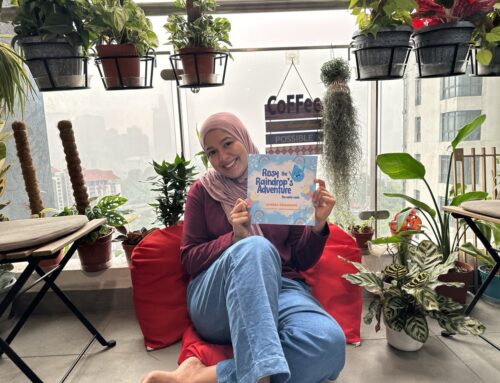
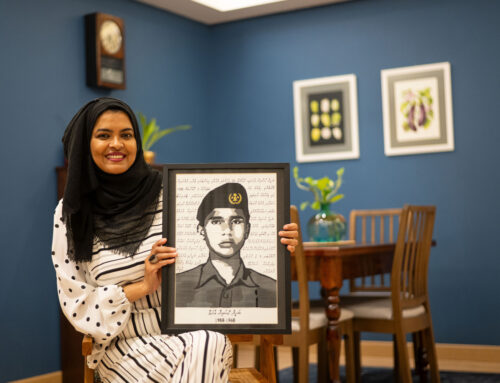
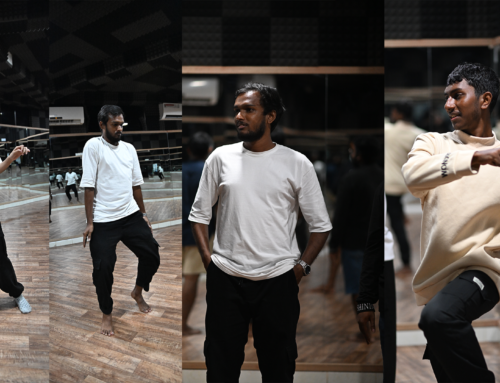
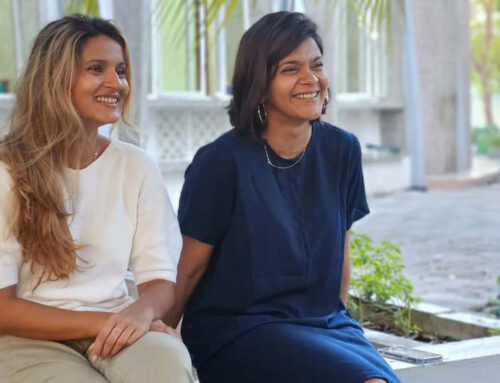
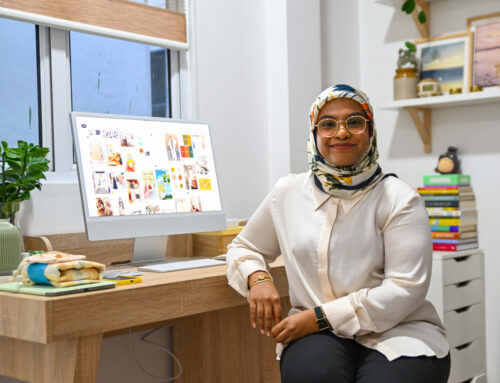

Leave A Comment